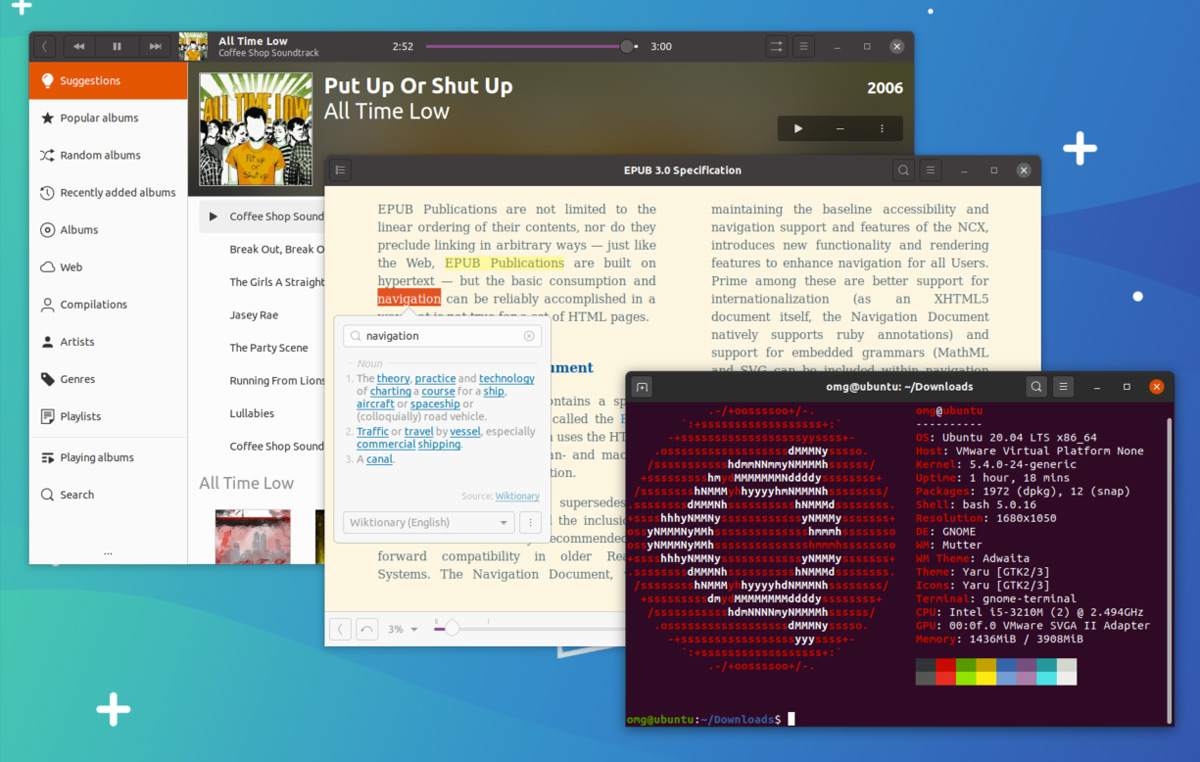
What are the best Ubuntu apps? It’s a question I am often asked so I decided to compile a list of top Ubuntu software to post here, on the site, for everyone to read.
Other Roundups
15 Best GNOME Extensions for Ubuntu
8 Best Icon Themes for Ubuntu Desktop
Behold a varied selection of the best Linux apps. This list of software has something for everyone: from those new (or considering a switch) to Ubuntu, through to long-time Linux lovers and self-confessed power-users.
I update this list regularly. This way you can be sure that all the top-tier software featured below will work on your system — I know how annoying it can be to read about a cool app only to find out that it’s hasn’t been updated for an eon and no longer works!
You’re free to share your own must-have Linux apps down in the comments section, btw. So if there’s something I’ve missed that you think other readers may benefit from, let them know.
Intro out of the way, scroll on to discover some top-notch Linux software!
21 Best Ubuntu Linux Apps
To make this list of the best Ubuntu apps more interesting I do not include apps that Ubuntu ships with by default, out of the box.
Thus means software like Mozilla Firefox, LibreOffice and Thunderbird are not featured because you already have them installed.
I have also chosen to mostly stick to Linux apps available to install from the Ubuntu archive (though there are a few exceptions) or on the Snap Store. This helps to cut down on the need for third-party PPAs and external repositories.
1. Geary E-mail Client
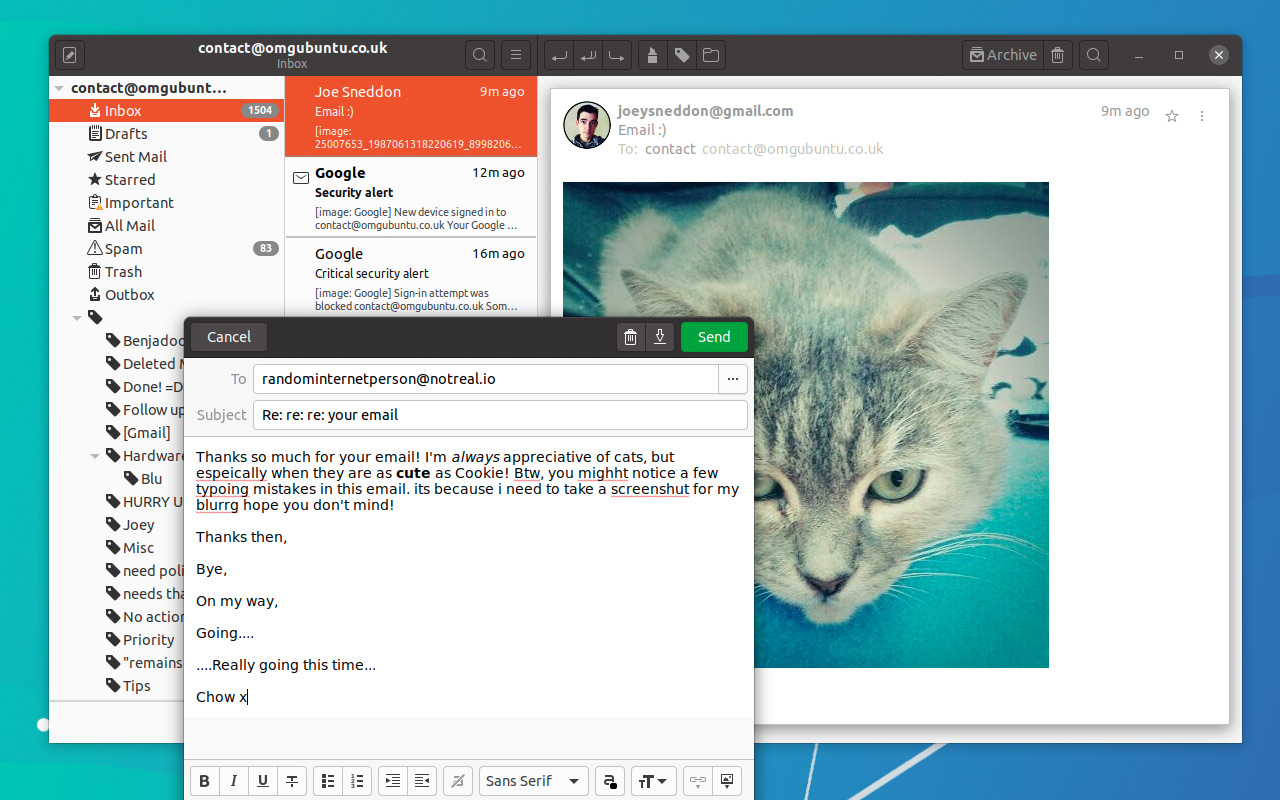
As a Gmail user I tend to read, write, and send e-mail in a browser tab because a) it’s simple, b) it’s fast, and c) it works the same across most systems. But the Geary e-mail client, pictured above, makes a persuasive pitch for using a dedicated desktop email app.
A fully-featured IMAP email client, Geary gets you set-up to send and receive mail from popular webmail providers, including Gmail, Yahoo! Mail and Outlook. It does incredibly quickly thanks to its handy first-run account wizard. It can also integrate with GNOME Online Accounts, which you can access from the Settings > Online Accounts panel.
One you’re you’re set-up and synced with your email provider you’ll find that Geary offers a clean, modern look for your mail, and offers good integration with the GNOME Shell desktop (which is what Ubuntu uses).
Powerful (and fast) mail search features, a comprehensive email composer, and many other thoughtful features — like its “conversation” based email threading — stand out too.
And the best bit? You can install Geary on Ubuntu easily (though be aware that some features will differ depending on which Linux distro you’re using).
Install Geary from Ubuntu Software
If you want to use the most up-to-date version of Gear you will need to install the app from Flathub (see our guide on how to install Flatpak if you need it).
2. Lollypop Music Player
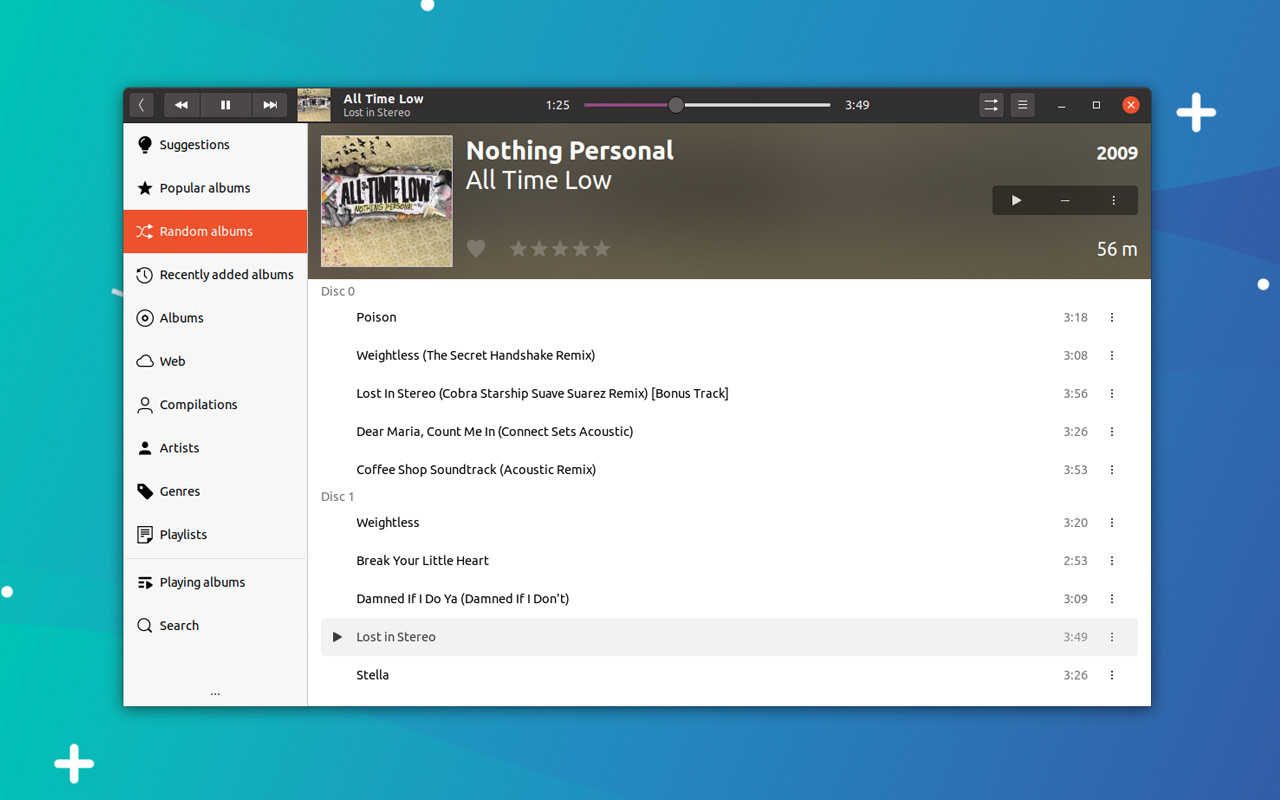
Lollypop is a feature-packed GTK music player and manager for Linux and is a fantastic alternative to Rhythmbox, Ubuntu’s stock music app.
The player integrates flawlessly with the GNOME Shell desktop and has all the essential features you might need, i.e. it’s easy to add music, browse music, play music, create playlists, and so on.
Lollypop also offers a built-in party mode; can fetch lyrics, album artwork, and artist biographies from online sources; and is able to “scrobble” track plays to music tracking sites like like Last.FM and ListenBrainz.
Traditional music player apps like Lollypop might seem a bit old fashioned in the era of music streaming services like Spotify and Amazon Prime Music, but they’re not obsolete just yet. And as this app shows they’re far from looking dated too.
You can install Lollypop on Ubuntu from the Ubuntu Software store:
Install Lollypop from Ubuntu Software
Want the very latest version? Add the official Lollypop PPA to your software sources, or install the app from Flathub.
3. Google Chrome
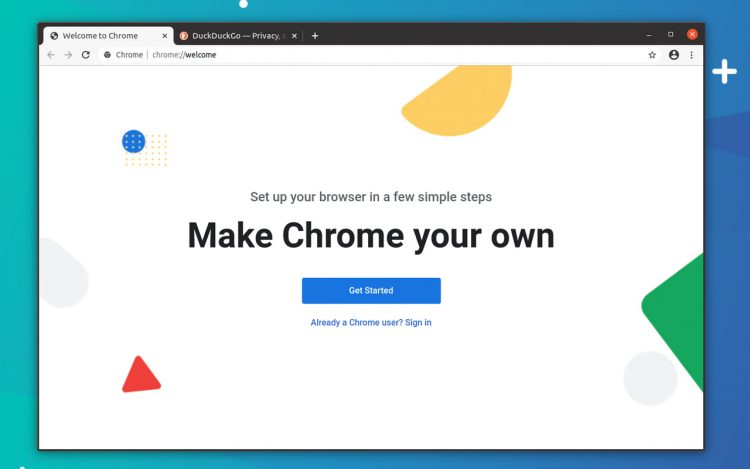
No list of the top Linux apps would be complete if didn’t mention the world’s most popular web browser, Google Chrome.
You probably know all you need (or in some cases want) to know about Chrome. Suffice to say it’s capable, well supported, feature-packed, and works just as well on Linux desktops as Mac and Windows ones!
Logging in to Chrome with your Google account lets you sync bookmarks, extensions, passwords, and even apps between Linux and other devices you use the browser on, e.g., Windows device or an Android tablet.
The best bit is that it’s very easy to install Chrome on Ubuntu, as well as on Linux Mint, and other similar distros. Just follow the links on the official Chrome website, snag the Ubuntu installer, and double-click on it to install.
Open the Google Chrome Website
4. GIMP

If you’re on the hunt for a viable Photoshop alternative you need look no further than The GIMP.
Odd name aside, The GIMP is a powerful open source image editor freely available for Linux, Windows and macOS systems. Like Photoshop it’s a raster graphics editor and, also like Photoshop, it’s based heavily around the concept of layers.
While GIMP lacks a few of Adobe’s fancier flourishes it is more than a match for its pricey rival for most needs — which is a pretty amazing feature when you remember that it is entirely free software.
Whether you want to flip a selfie, fix a photographic flaw, or create a majestic multi-layered masterpiece to share online, The GIMP is probably up the task.
You can install GIMP on Ubuntu, Linux Mint and other similar Linux distros from the repos:
Install The GIMP from Ubuntu Software
5. Kdenlive Video Editor
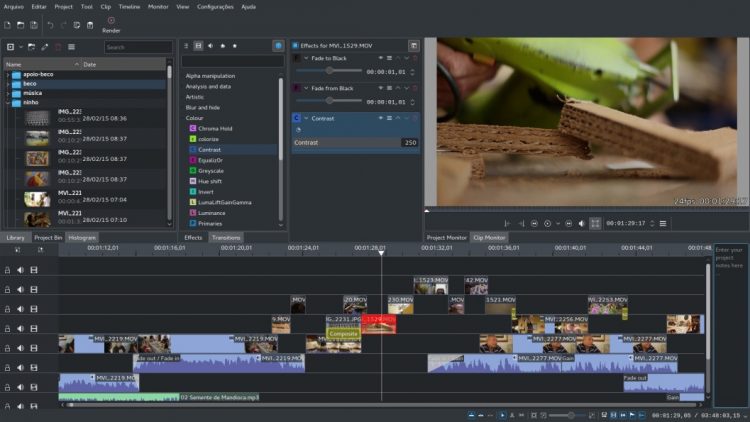
Want to trim a short video clip before you upload it to YouTube? Want to work on a multi-cam video podcast with slick transitions and cool video effects? Whatever the video editing task is you can use Kdenlive.
Kdenlive is by far and away the best open source video editing software for Linux distros, Ubuntu or otherwise, as well as the one of the more stable.
This non-linear video editor offers a solid balance of basic and advanced video editing features, including keying, rotoscoping, keyframe editing, cool transitions, and useful export profiles.
Install Kdenlive from Ubuntu Software
6. Telegram Desktop
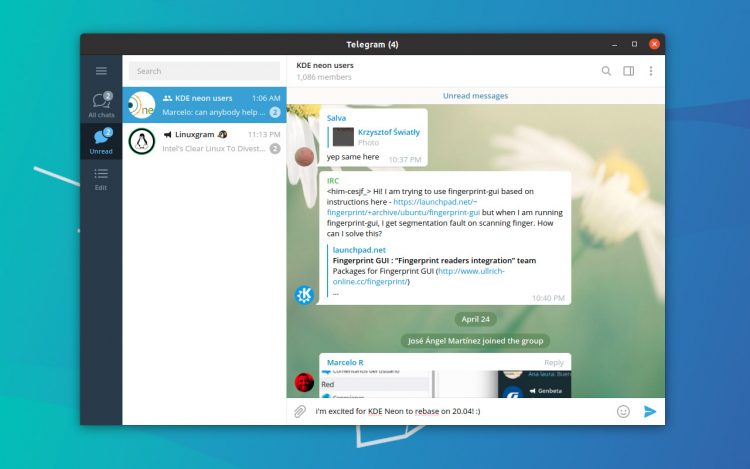
If you use the popular Telegram messaging service on your smartphone be sure to check out the official Telegram Desktop app too.
This cross-platform client boasts a user-friendly layout, encrypted chats, and enhanced privacy. All messages you send, read, and receive are synced with the mobile client too.
I should note that, to sign up for Telegram you need a (valid) mobile number. The good news is that this is only require to register; after that you’re good to go.
See our post on how to install Telegram on Ubuntu for a detailed walkthrough, or grab it from the Snap Store to start chatting on it:
Telegram Desktop on the Snap Store
7. Foliate ePub Reader
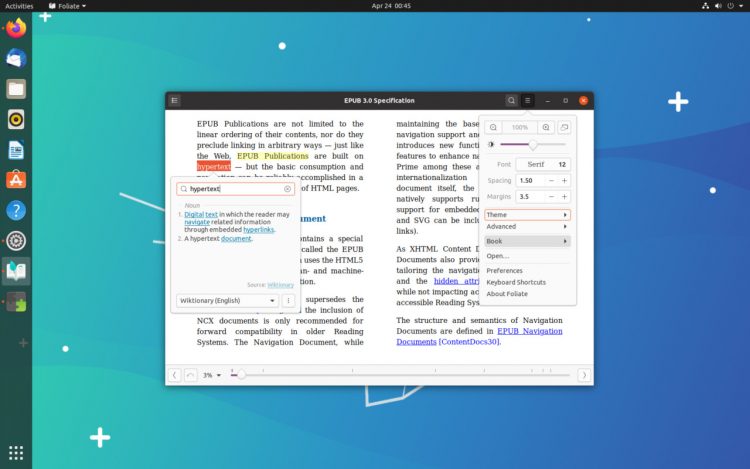
There are a growing number of ebook reader apps for Linux desktops but Foliate is by far and away the most engrossing of them all.
I know; I sound like a fan boy. But I really dig this app.
The GTK-based Foliate boasts a clean, thoughtful, and clutter-free UI; provides a stack of font sizing, spacing and page layout options; and supports text notes, dictionary lookups, bookmarks, and tracks your page progress.
Foliate is eminently accessible too as it’s available from both Flathub and the Snap Store. A traditional installer package is also available from the GitHub, linked below.
8. Caffeine
Caffeine is a small app with one purpose: to stop your screen locking (or screensaver, if you use one) from kicking in.
Why would you want to do that? If you’ve ever tried to watch a video and had the lock screen kick in, you’ll know why. For situation where I don’t want the lock-screen to interrupt me so I use Caffeine.
A veritable software stimulant, Caffeine works as a small tray applet that you can toggle on to keep your computer ‘awake’ (and toggle off when you don’t mind it taking a snooze!
Install Caffeine from Ubuntu Software
9. Tilix Terminal Emulator
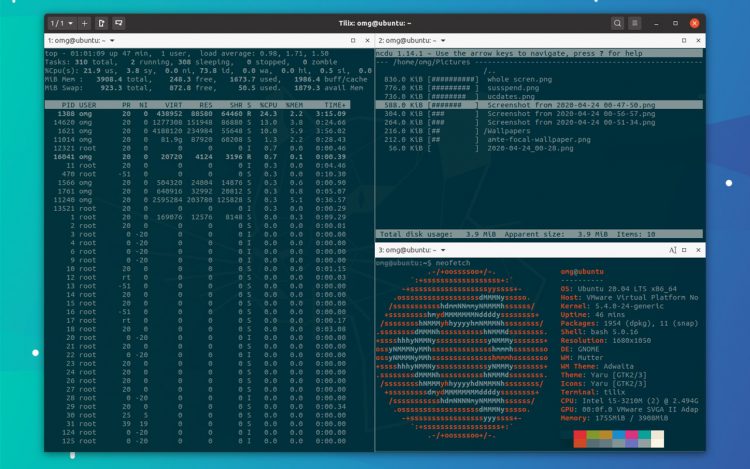
Ubuntu comes with a decent terminal emulator by default. But if you’re looking for something more advanced, check out the Tilix tiling terminal emulator.
Tilix lets you tile multiple terminal sessions inside a single unified window (or more, if you’d rather) both horizontally and vertically. The app also supports custom titles, custom links, and custom backgrounds.
Rounding out the Tilix feature set is drag and drop rearranging, support for persistent layouts (e.g., open same CLI tools in the same position again) and notifications (handy for when a task completes).
Install Tilix from Ubuntu Software
10. OnlyOffice
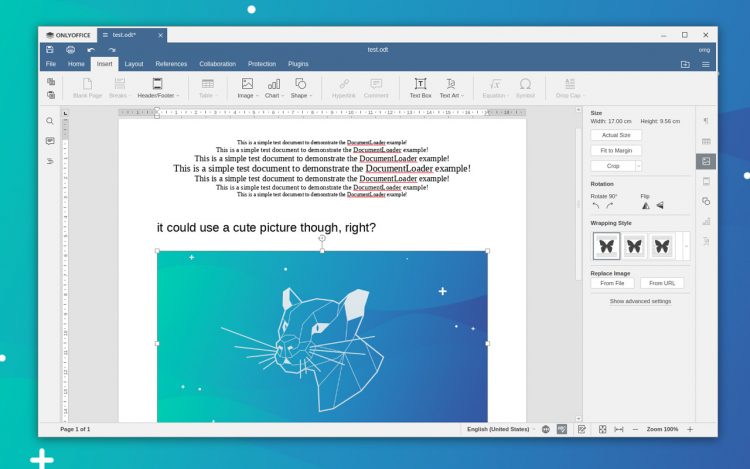
OnlyOffice is a free, open source set of productivity apps for Windows, macOS and Linux. It’s developed in the open, and the app gets regular updates.
This open source Microsoft Office lookalike is picking up plaudits from productivity fans seeking a free, open source software client that closely resembles Microsoft Office and works very well with files made in it.
If there’s a downside it’s that the app uses its own toolkit. This means it doesn’t blend in perfectly with other apps on your desktop. But it’s functionality not form that counts, and that OnlyOffice delivers in buckets.
OnlyOffice Desktop Editors on the Snap Store
11. Etcher Image Writer

Etcher is a free, open source USB image writer for Windows, macOS and Linux. I included it in my list of the best Electron apps but couldn’t resist giving it another plug here — it’s just so dang good at what it does.
If you regularly try out new Linux distributions then you’l know how important it is to have a reliable flashing tool — and Etcher is just that.
Just run the app, select a valid .iso or .img file, pick a drive to flash it to, and away you go! Bootable USB or SD card in super quick time.
Etcher is available to download from the project website in both 64-bit and 32-bit .appimage format.
12. Cawbird Twitter Client
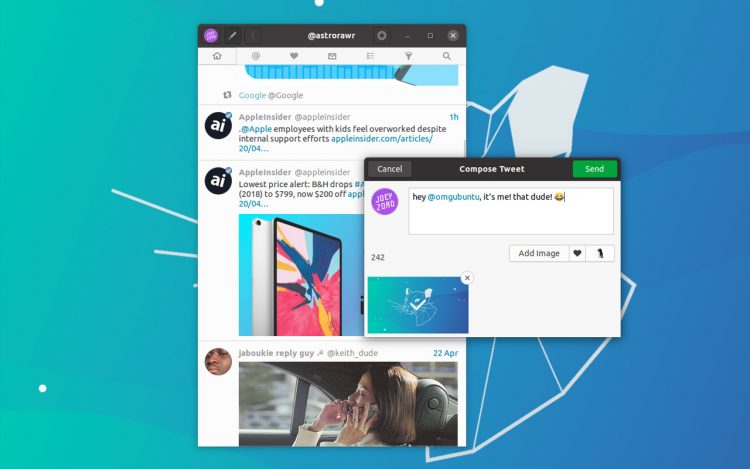
If Twitter is your social media thang do check in with Cawbird, a continuation of the excellent (but discontinued) Corebird Twitter client.
Cawbird wraps a traditional Twitter experience (meaning: reverse chronological feed of recent ‘tweets’, not algorithm ranked ones) in a gorgeous GTK based user interface.
All the essential tweet-related tasks are catered for including liking, retweeting, and replying to tweets; notification on new mentions; the ability to follow/unfollow accounts; and the ability to send, read, and receive direct messages.
You’ll also find a few innovative features included too, such as the ability to ‘text expand’ phrases and emoji; auto-saving of tweets in the composer box; and (mercifully) the ability to mute specific words or phrases!
13. VLC

The versatile VLC media player needs no introduction. Like Firefox and LibreOffice, it’s one of the most famous pieces of cross platform and open source software there is.
VLC will play almost any media format you throw at it, video, audio or something in between! As well as playing DVDs, VLC can access DLNA shares and online streams, and even transcode video from one format to another.
So while there are a glut of Linux video players available (Celluloid being a personal fave) I still recommend VLC over all of them because of its broad support, huge feature set, and dependable nature.
Install VLC from Ubuntu Software
14. GNOME Tweaks

GNOME Tweaks is a Swiss army knife for the modern Ubuntu desktop. It has toggles, sliders, and switches that control a host of behaviours and settings. So useful is Tweaks that I include it on my list of things to do after installing Ubuntu.
Whether you want to change GTK theme on Ubuntu, swap icon set, adjust the desktop font, show battery percentage in the top bar, move window buttons to the opposite side…
Whatever the task it’s worth checking to see if this tool can do it first!
Install GNOME Tweaks from Ubuntu Software
15. Feeds (RSS Client)
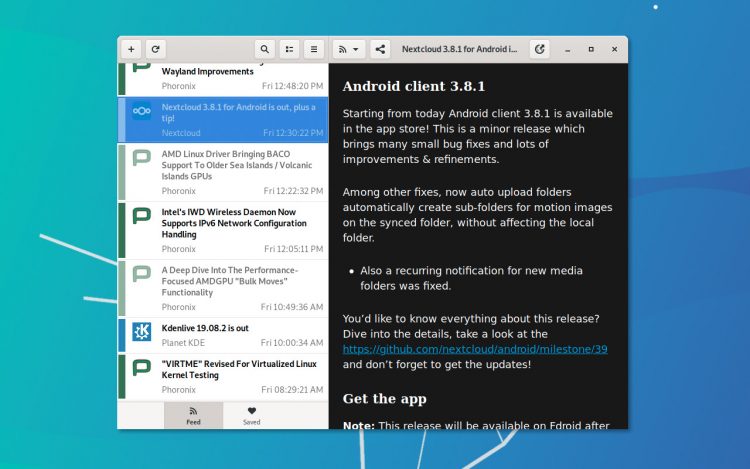
RSS feeds are a convenient way to stay on top of latest news, posts, and podcasts from sites that you like.
But to start using RSS feeds you need an RSS client. I like Feeds (formerly known as GNOME Feeds). It’s both a well made and superbly designed GTK RSS reader for the Linux desktop.
Admittedly it lacks any kind of “cloud” integration (so you can’t sync you reader items through a RSS service like Feedly or The Old Reader), but the app does let you import and export feed lists easily.
And with “unread only” and “mark all as read” buttons; the ability to save articles for offline reading; and a baked-in reader mode it’s nigh-on-perfect for perusing posts from your preferred publishing outlets — ahem, like this one?
16. Steam

Want to start gaming on Linux? Then you’re going to need Steam from Valve. It is the de-facto games distribution platform for Windows, macOS and Linux.
I’ve lost track of how many native Linux games Steam boasts but we’re talking many thousands, ranging from indie hits and retro flavoured favourites through to blockbuster and AAA titles like Shadow of the Tomb Raider, DiRT 4, and the various Warhammer entries.
Better yet, when you buy a game from Steam you can access versions on any platform — so if you already have a tidy library of Windows games then you’ll be able to play any native Linux ports automatically!
To install Steam on Ubuntu download the official installer package from the Steam website:
Download Steam Installer (64-bit)
17. ULauncher
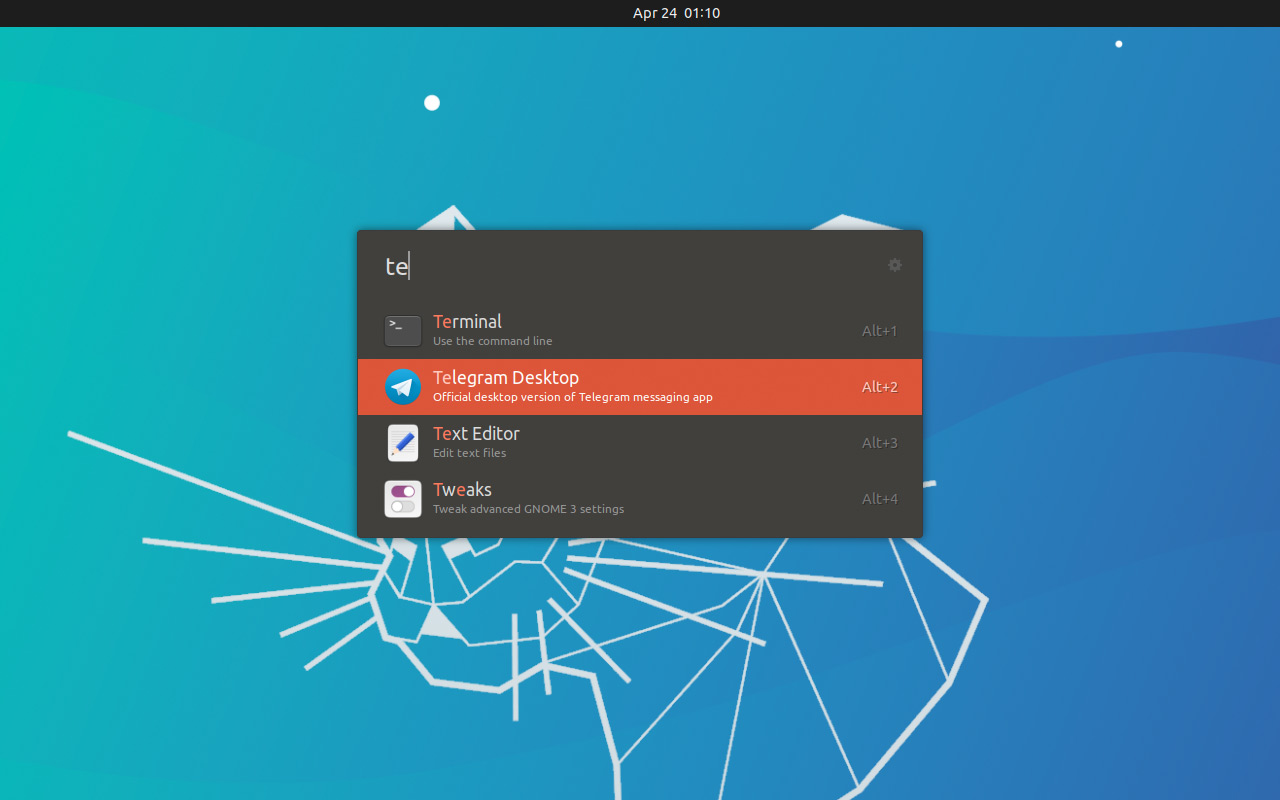
Ulauncher is the star attraction in our roundup of the best app launchers for Ubuntu & Linux Mint thanks, in part, to its broad feature set and great looking UI.
A ctrl + spacebar productivity bar, Ulauncher is inspired by Alfred for macOS and similar semantic search tools that followed in its wake.
The app lets you launch applications on your system using nothing but your keyboard… but Ulauncher can do a lot more than launch apps thanks to extensions.
Adding Ulauncher extensions enables you to extend the capabilities available from the launcher, e.g., look up dictionary definitions; find and copy emoji to the clipboard; launch web searches, and more.
18. VSCode
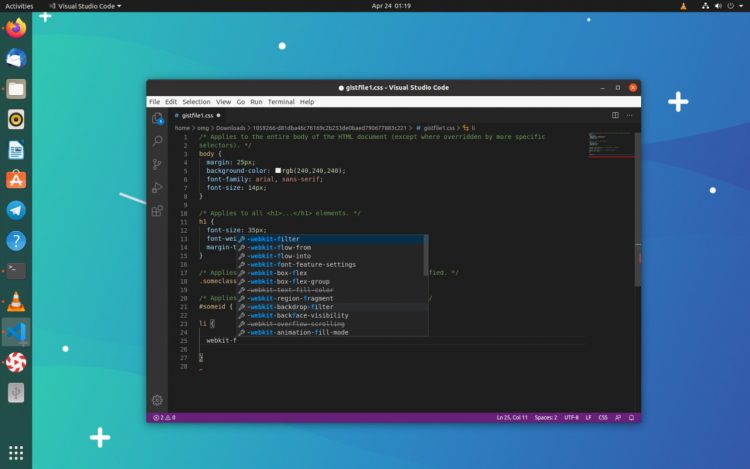
A surfeit of code editors are available for Linux, with Gedit, Atom, Sublime Text and even Notepad++ among them — but the best code editor is Visual Studio Code.
VScode (despite being made by Microsoft) is a free, powerful code editor available for Linux as well as macOS and Windows systems.
It features built-in support for a crop of languages, including TypeScript, JavaScript, and Node.js. It also has a ‘smart’ autocomplete feature, and can be extended and tailored to specific workflows through plugins.
We have a guide showing you how to install VSCode on Ubuntu, which includes the following Snap app:
Visual Studio Code on the Snap Store
19. Flameshot
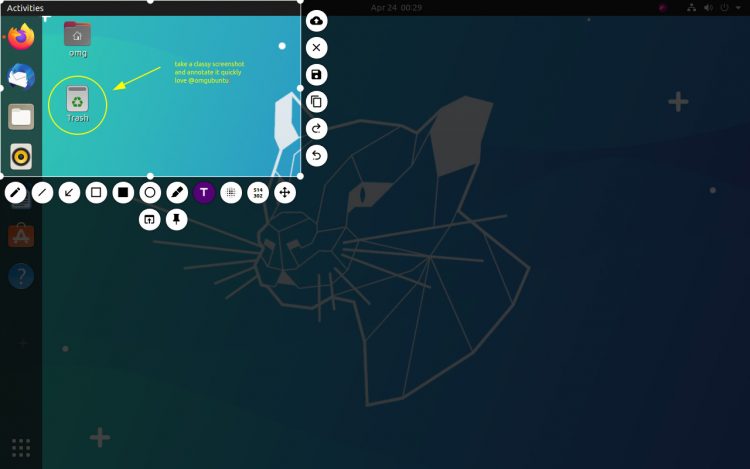
If you want to take screenshots on Ubuntu or Linux Mint, and want to annotate them with text, call outs, arrows and other icons, you’re going to love Flameshot.
This snaptastic app is rammed full of features (too many to even mention here) but all are within easy reach. Simply select the region of the screen you want to capture and hit the enter key to take the snap. Next, add some markup, highlights, or obscure some sensitive data. Finally, ctrl + s to save the file or ctrl + c to copy it to your clipboard.
If you’re a fan of Shutter (a GTK screenshot taking and editing app that no longer works properly in newer version of Ubuntu) Flameshot is the next best thing.
Download latest Flameshot release
20. Neofetch
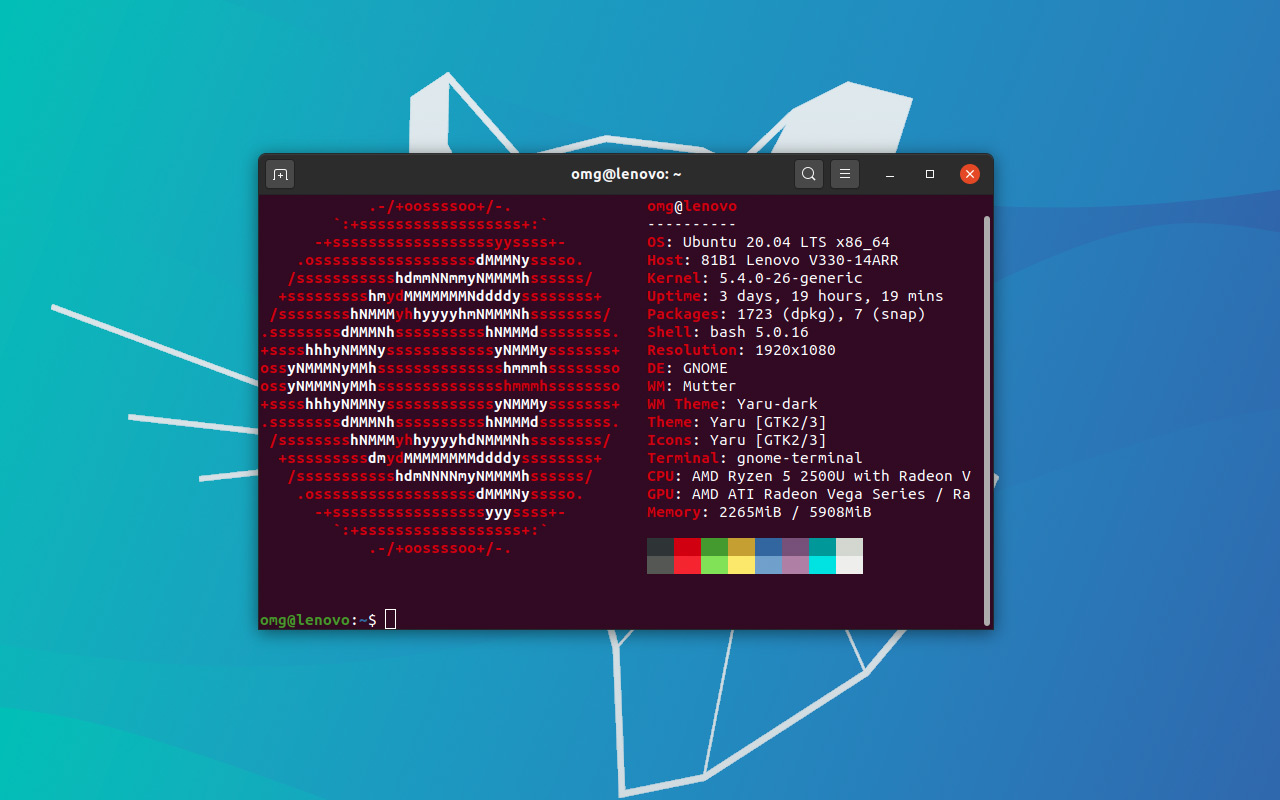
Looking for a fancy way to learn more about your system? Such as what window manager, GTK theme, desktop environment, kernel version you’re running? You could click through a glut of menus to find out, or you could use Neofetch.
Although not a GUI app (meaning you won’t find a launcher for it added to your app launcher) it’s deliciously simple to use: just run the command neofetch!
You can even set up Neofetch to take a screenshot the instant you run it making it ideal for times you want to show off your slick looking desktop setup!
Install Neofetch from Ubuntu Software
21. Shortwave

Shortwave is a GTK internet radio app that makes it easy to find and listen to internet radio stations – heck, it can even record them too!
Sporting a simple, straightforward UI, Shortwave‘s singular focus make it a finely-tuned alternative to more general purpose media players, and it boasts tight integration with the GNOME Shell desktop (including media control support).
Sealing the deal is built-in support for Google Chromecast, should you fancy sending your favourite radio stations from your Linux system to a big-screen TV.
Highly recommended.